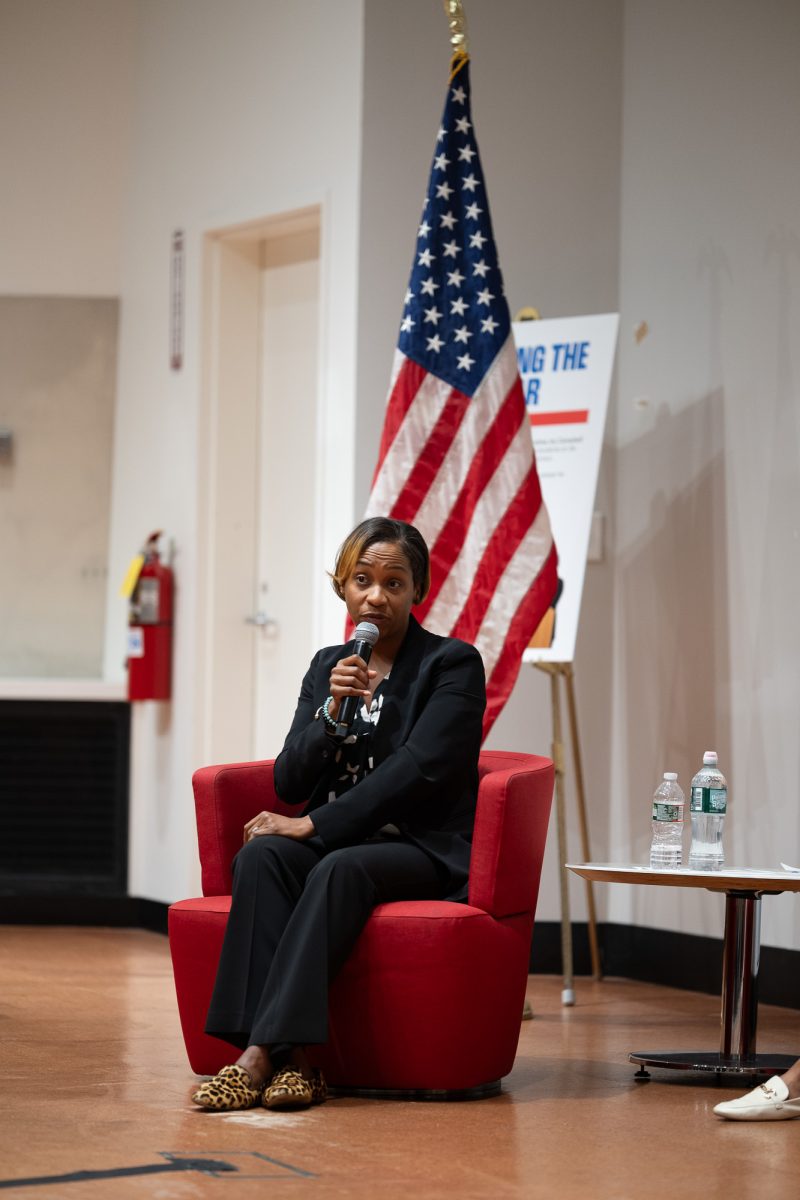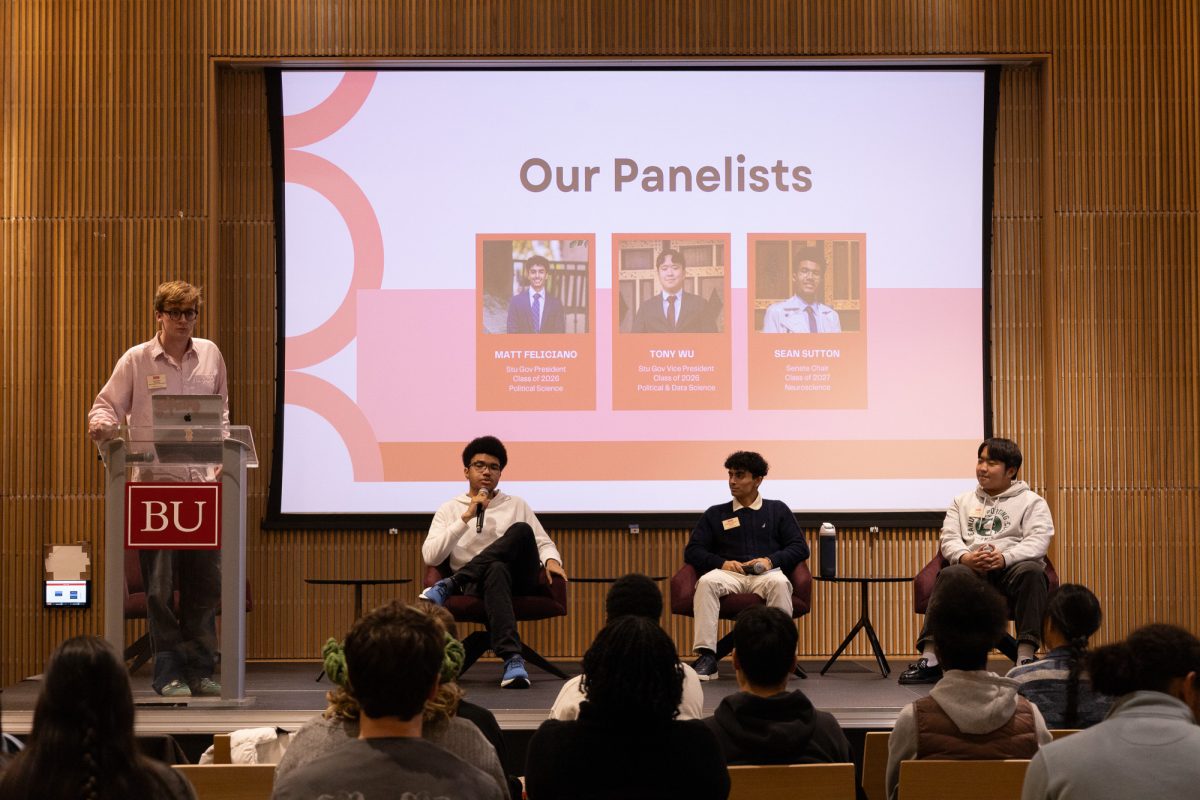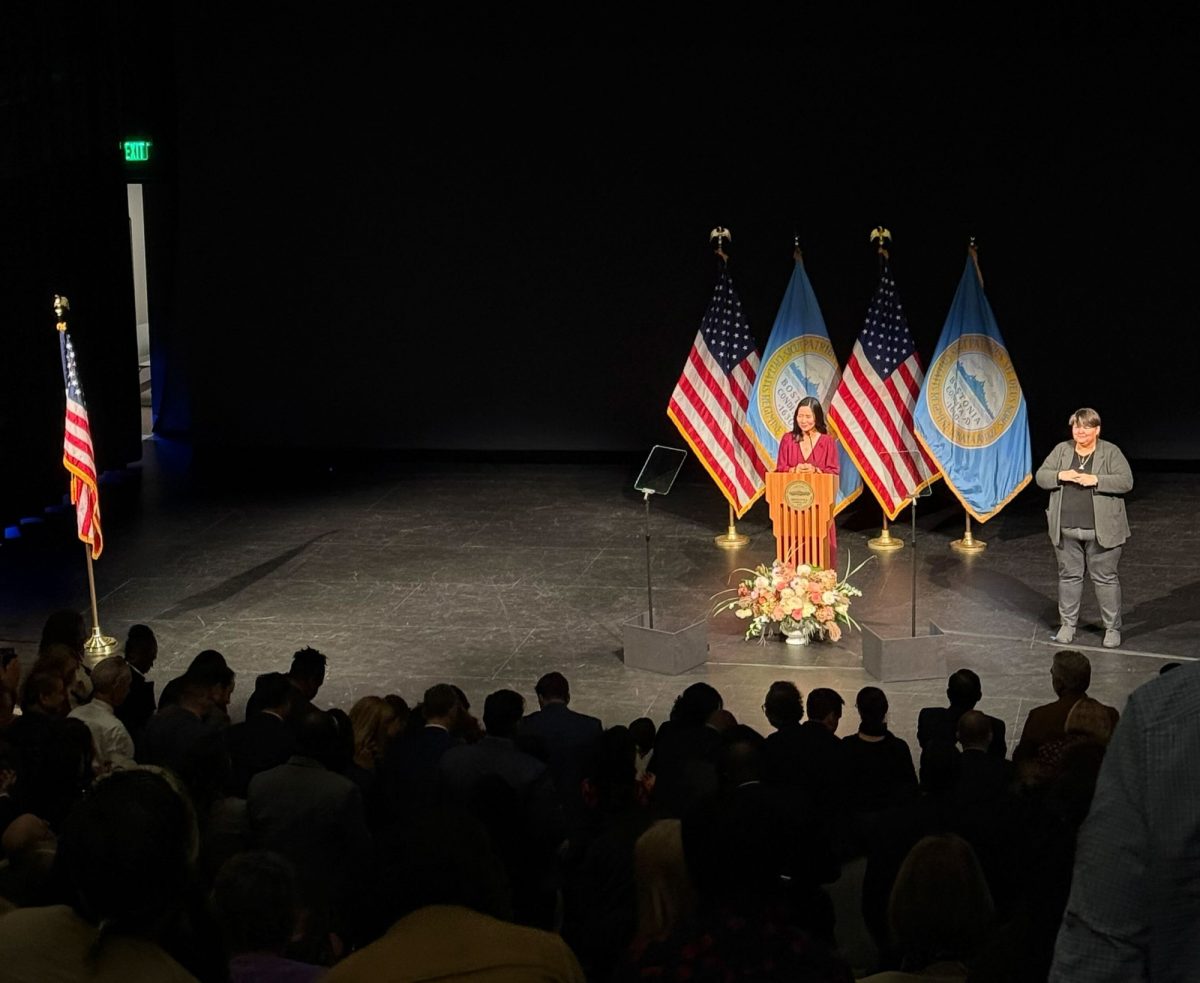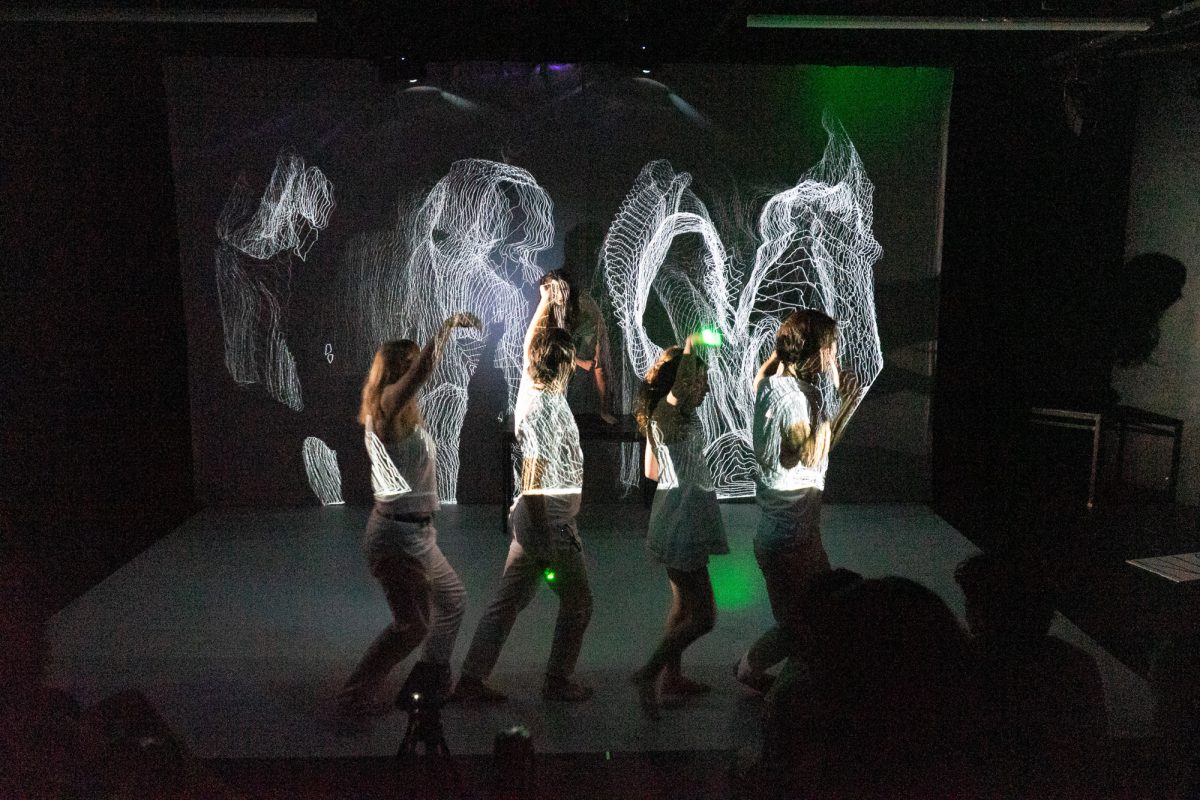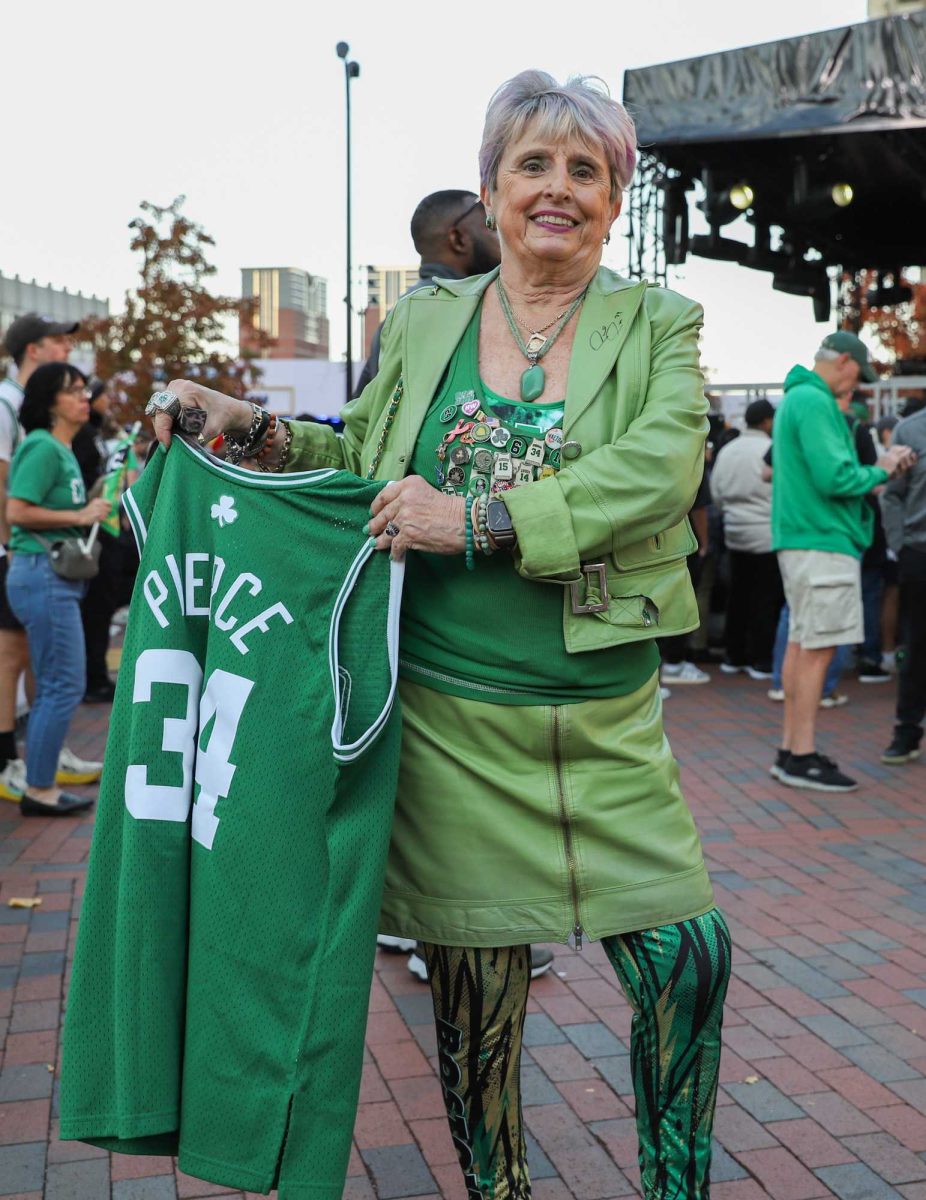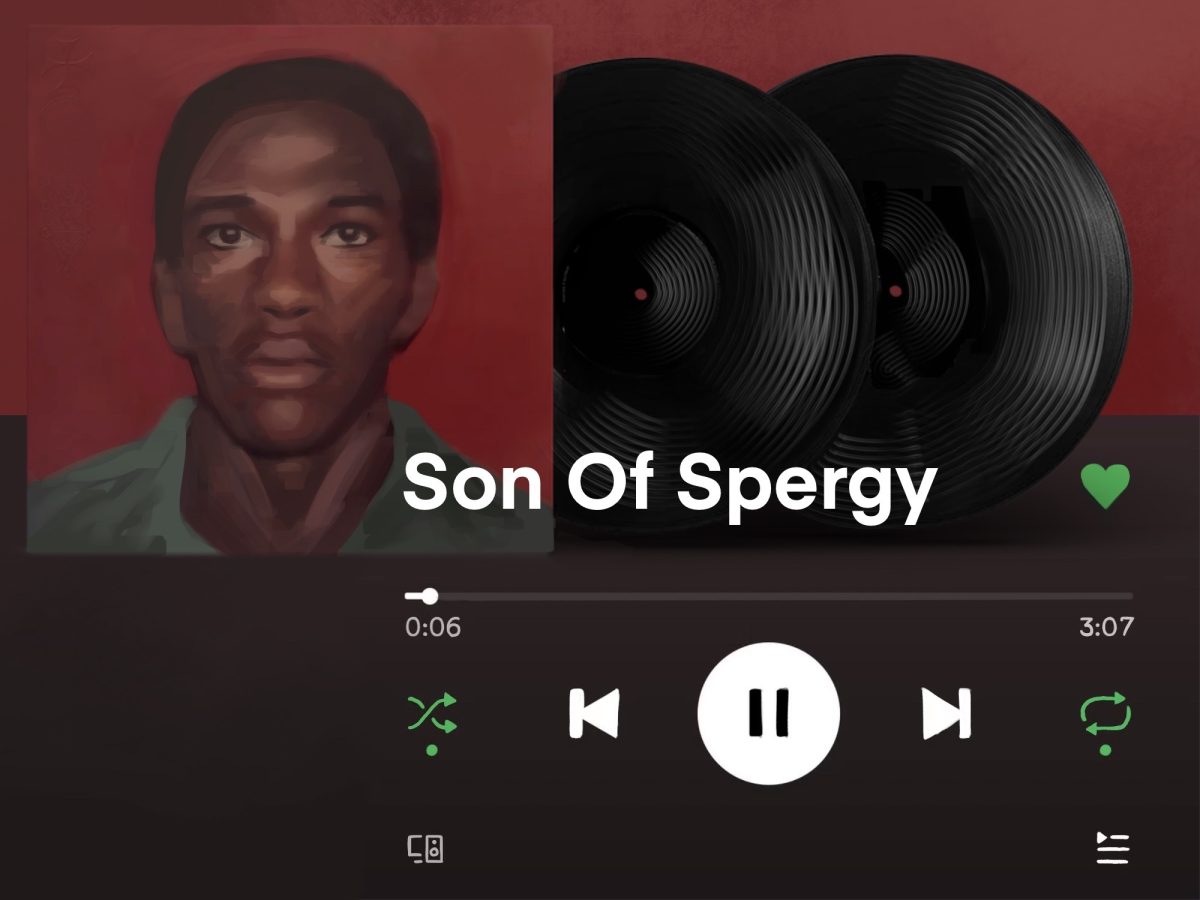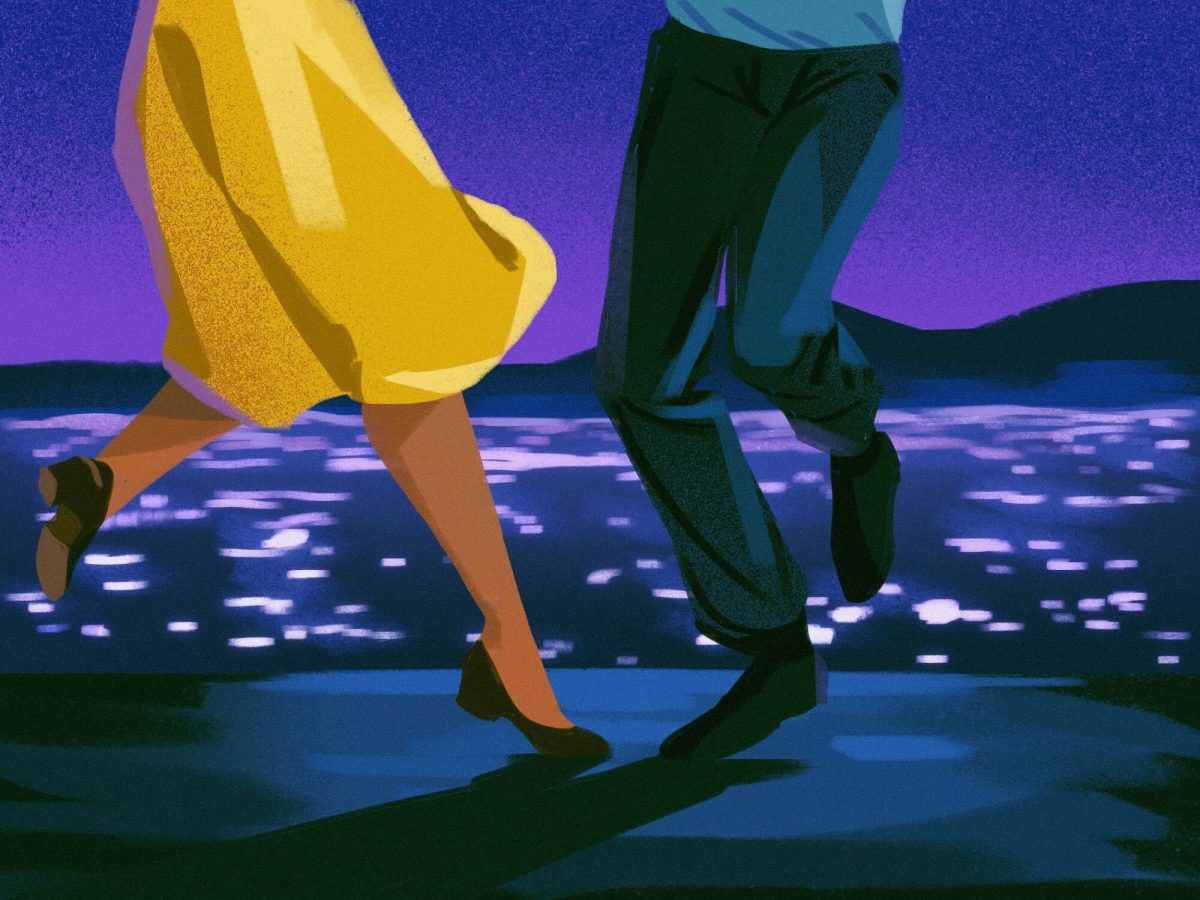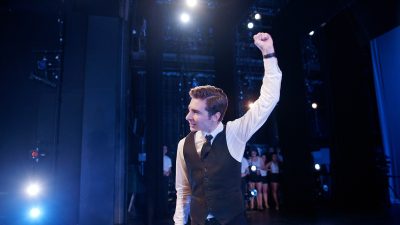
This February, Boston Conservatory at Berklee will celebrate its 150th anniversary.
Founded in 1867, the conservatory began as “a group of studios of music … [offering] private lessons … and [later] curriculum that is more like what we see today … lessons in theory, lessons in music history, group lessons,” said Brendan Higgins, the public services librarian and archivist at the Boston Conservatory at Berklee.
“We were known [from] the very beginning to teach a lot of women students … particularly in strings,” Higgins said. “The founder of the school was a violin player.”
Founder Julius Eichberg based his ideology for the school on that idea — that it should be welcoming. The conservatory website says that “the conservatory broke new ground by opening its doors to women and African Americans, people with few professional opportunities in classical music at the time.”
A little over a century after the conservatory’s founding, one woman, Michelle Chassé, graduated from the school with a Bachelor in Fine Arts in dance performance. She went on to become its resident choreographer and musical theater dance coordinator in 2000 and chair of musical theater dance in 2013.
This fall, Chassé directed and choreographed the Conservatory’s production of “Catch Me If You Can,” a musical adaption of the 2002 film by the same name. The production ran from Thursday to Sunday at The Boston Conservatory Theater.
Like the film, its plot revolves around the real events of the life of Frank Abagnale Jr., famed for his years as a con artist during the 1960s. In just two years, from age 16 to age 18, Abagnale successfully impersonated an airline pilot, a doctor and a legal prosecutor and cashed millions of dollars in fraudulent checks. Abagnale’s life of crime ultimately ended when he was captured by FBI agent and Somerville native Joseph Shea, whose name was changed to Carl Hanratty in the film and musical.
The production is playfully interactive from the moment it begins, with a “pre-flight” announcement advising theater goers to silence their cellphones to the conclusion of its final number. Frank Jr. bolts off-stage and down the aisle of the theater, chased by Hanratty in a tableau that encapsulates their dynamic.
In spite of the oscillation between genres in the musical numbers, including but not limited to straight jazz, Motown and pop, the production transitions fluidly thanks to Chassé’s dynamic and vivacious choreography and her cast’s seemingly endless well of enthusiasm.
“I’m very lucky that I have strong dancers,” Chassé said. “If I say jump, they can fly … We all love each other. It’s a great cast. There was an injury pretty early on … and everybody just came around that and took care of one another … They’re so proud of one another, too. It’s so great when you watch them bow, they applaud for one another, which is not necessarily typical, but they’re so happy with each other’s performances.”
Elizabeth D’Aiuto, a sophomore at the Conservatory, echoed Chassé’s appreciation for her cast.
“All the kids are wonderful and they’re giving so much life and enthusiasm,” D’Aiuto said. “A lot of my classmates are on stage right now, and it’s amazing to watch them.”
Chassé said her appreciation for the story helped her with her vision for the show.
“The music really spoke to me … [and] it’s a great story,” Chassé said. “You sort of can’t believe it’s true. And it wasn’t that long ago for somebody to put on a uniform and say, ‘I’m the copilot.’… Frank Abagnale Jr.’s story is just incredible.
“In order to do theater, you really are like a great conman. You have to be able to be subtle and you have to be dynamic and you have to figure out when to pull back, and when to really convince somebody.”


